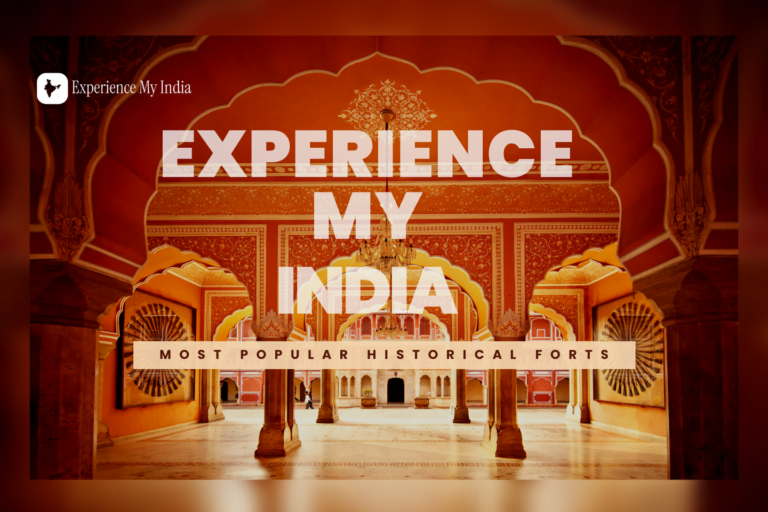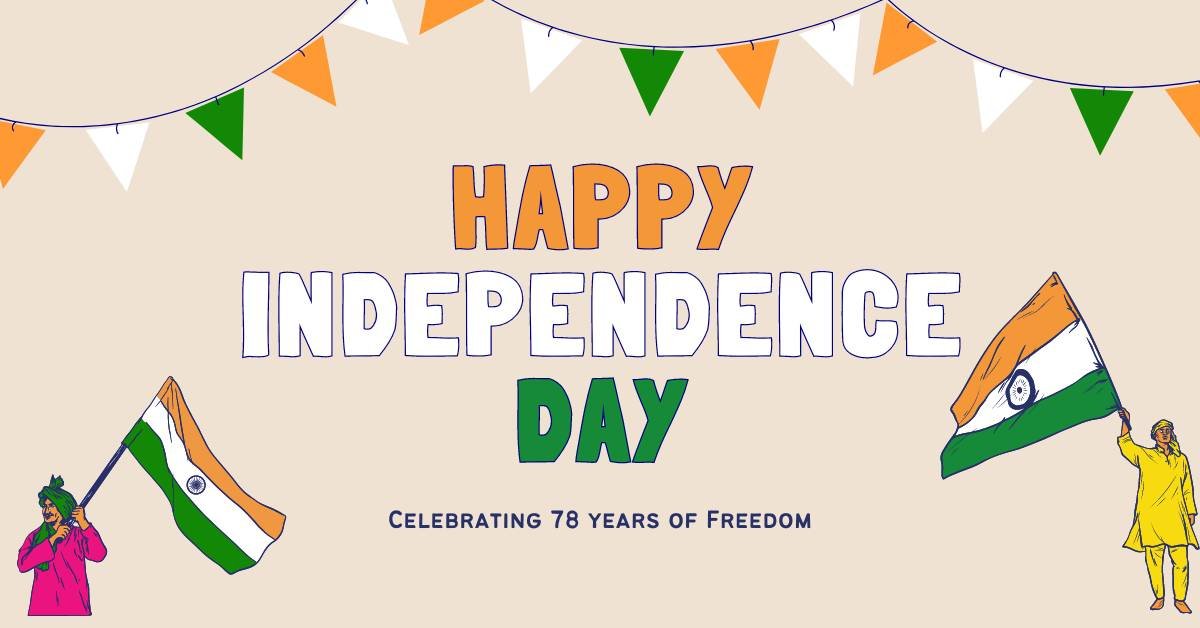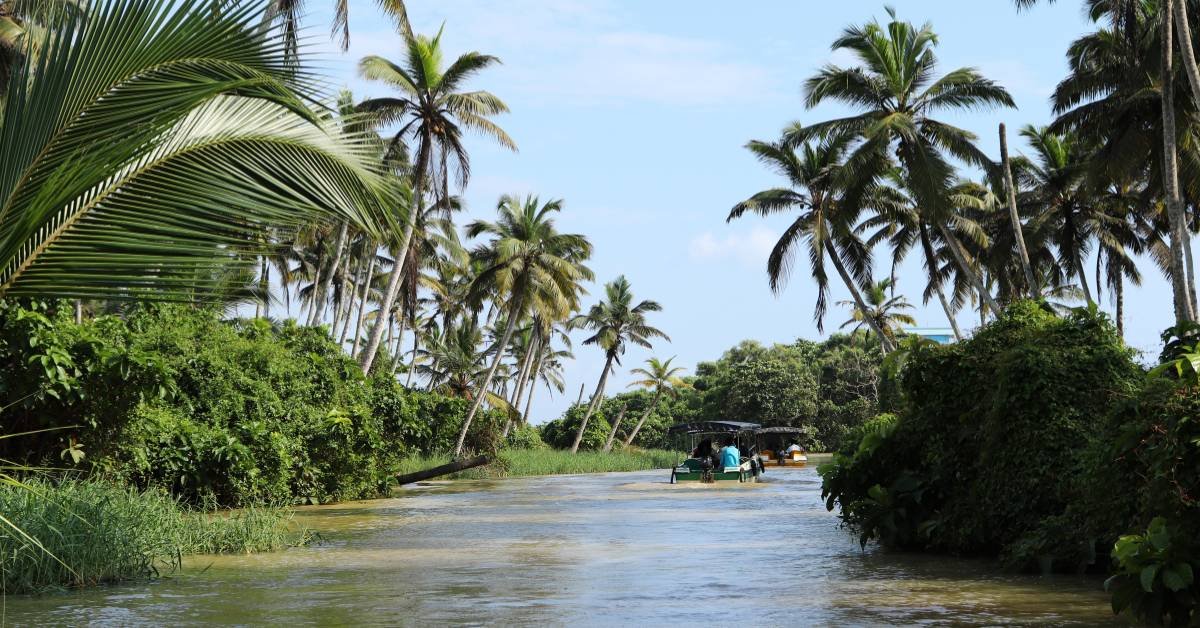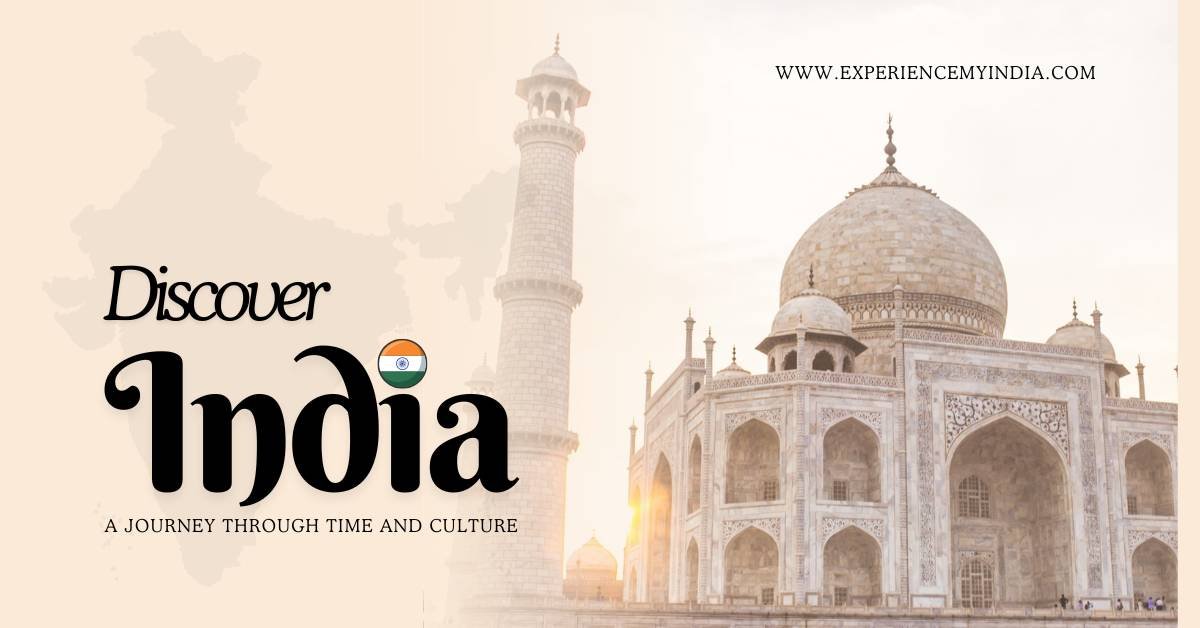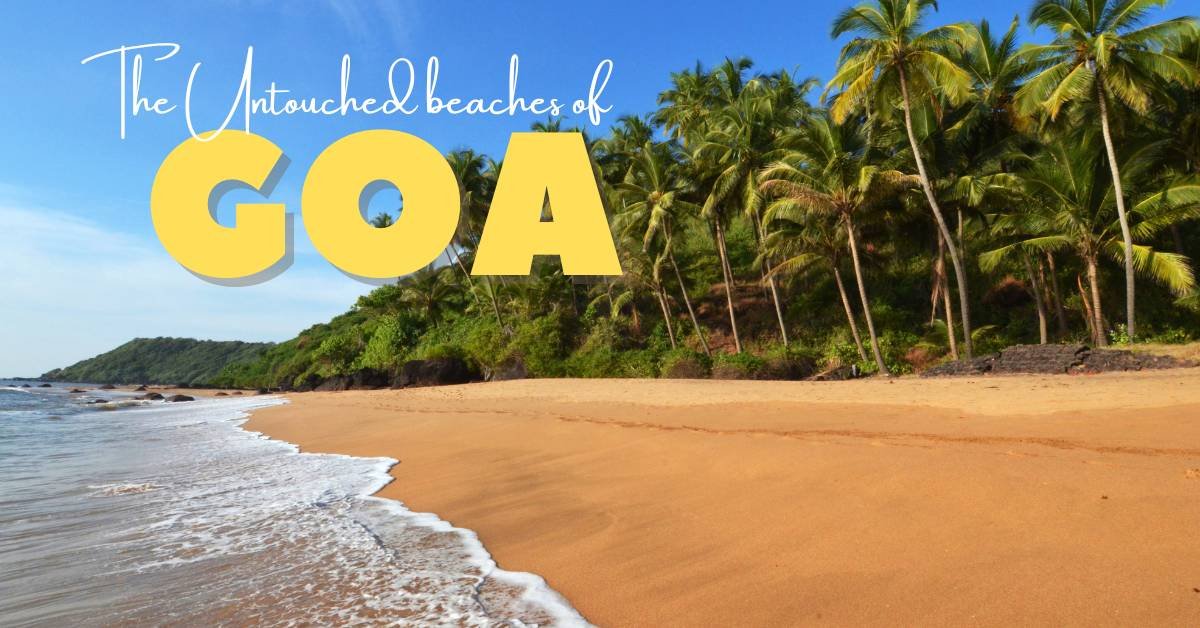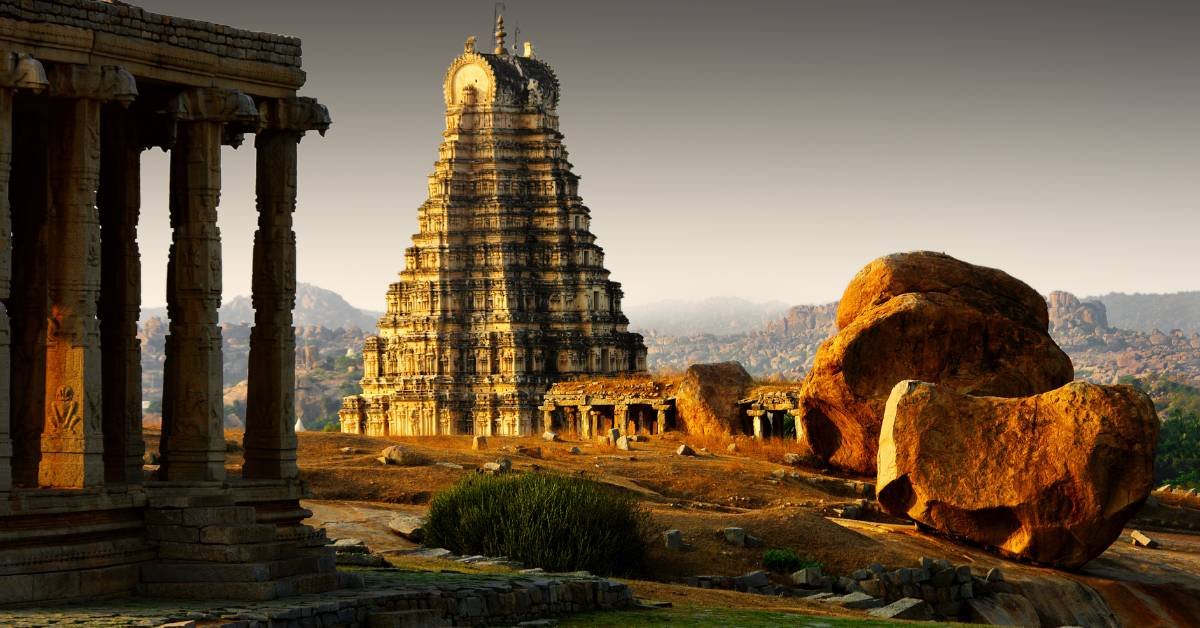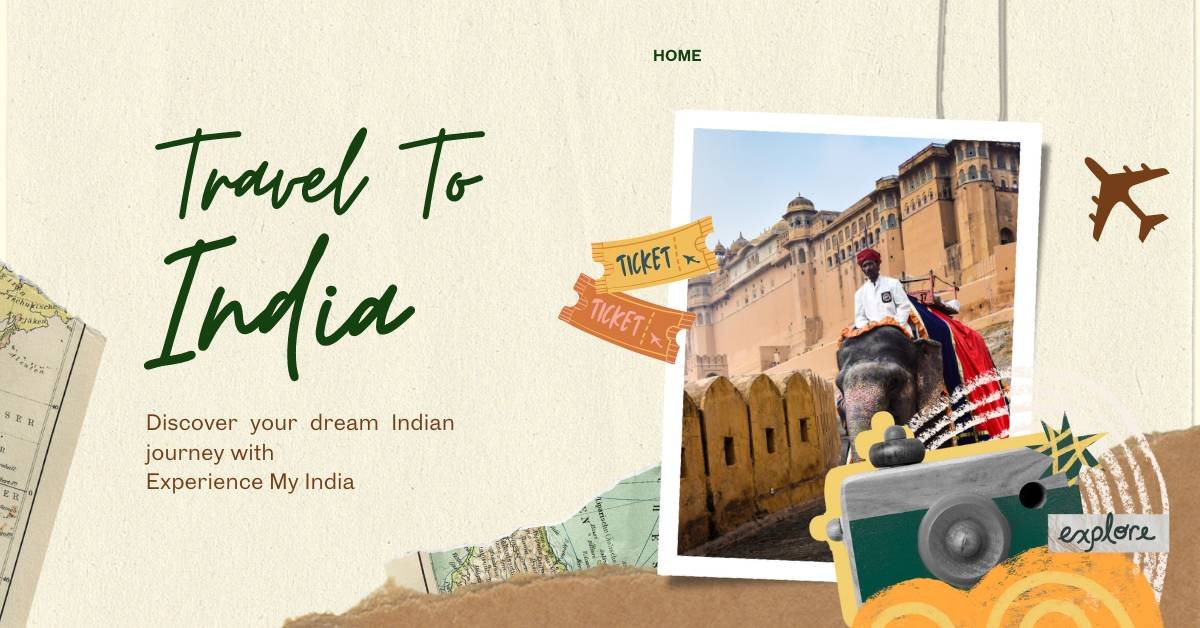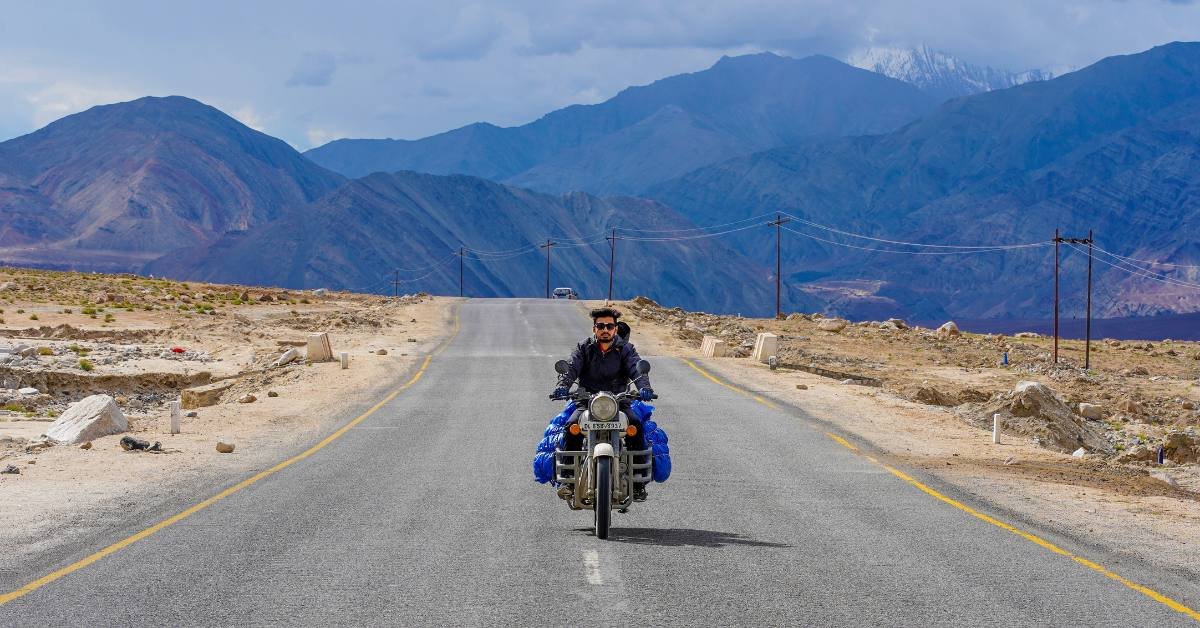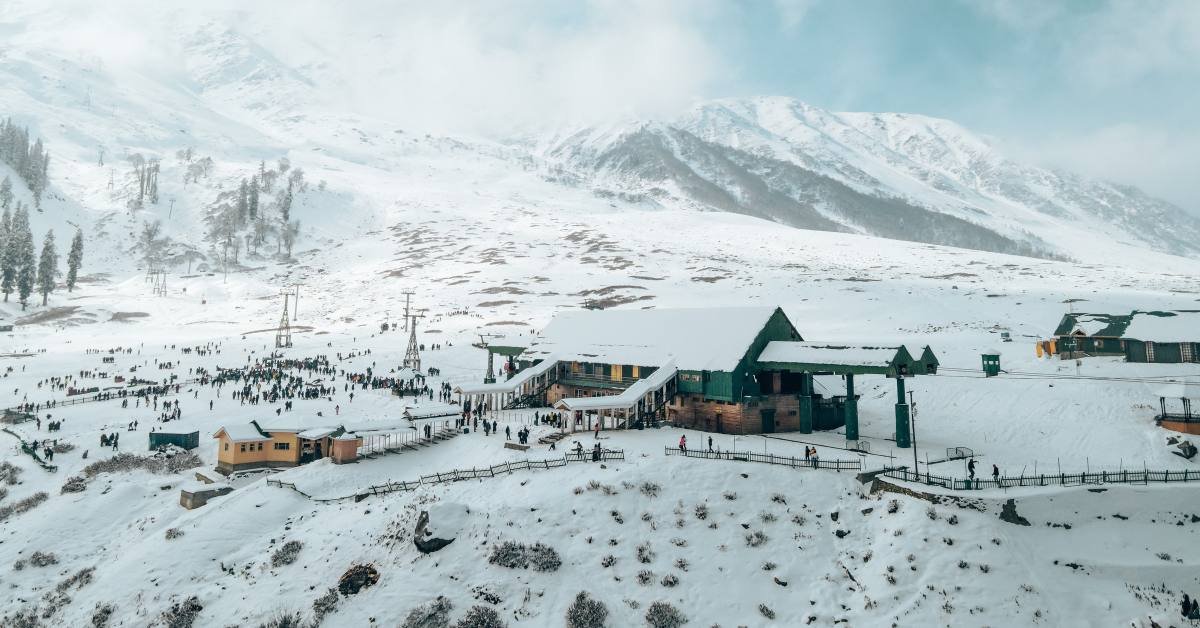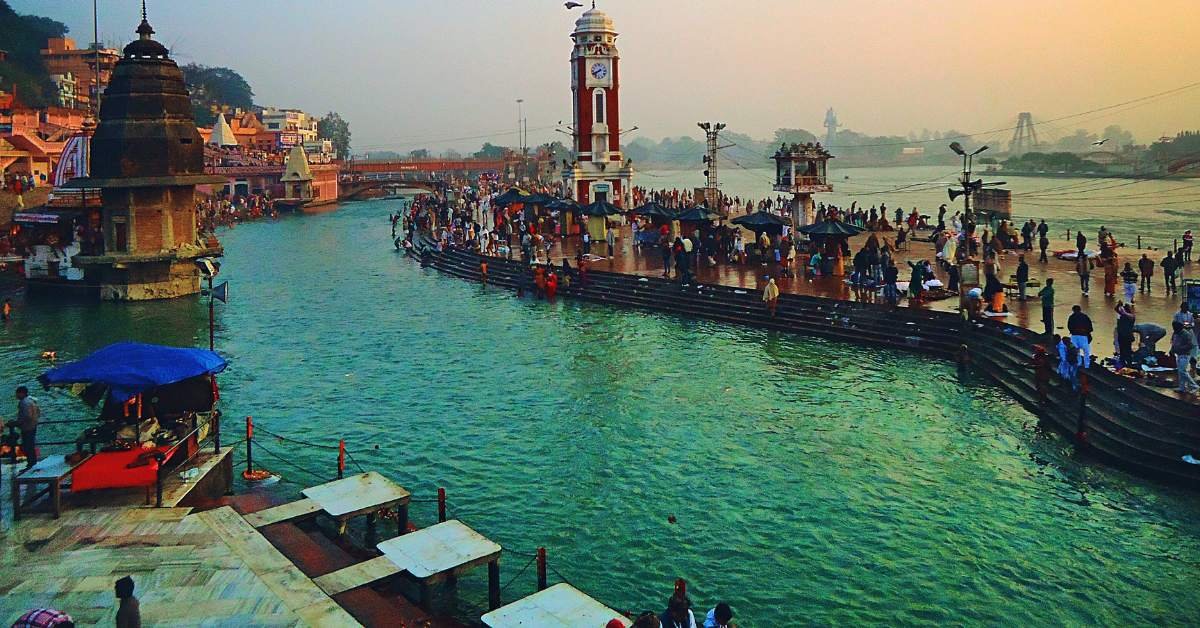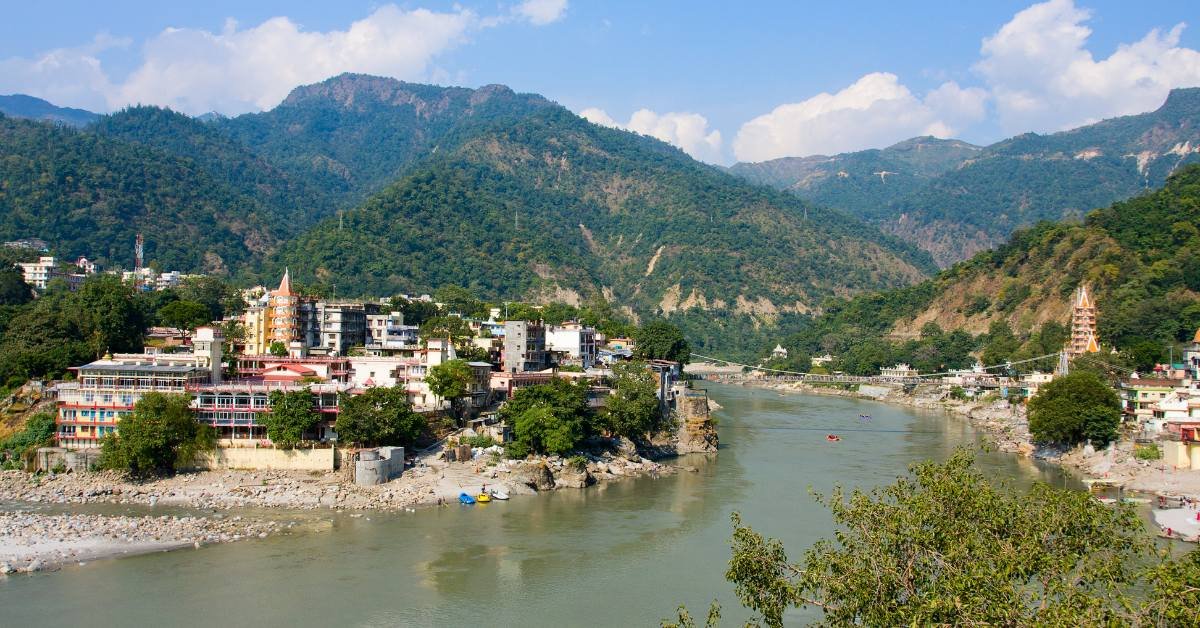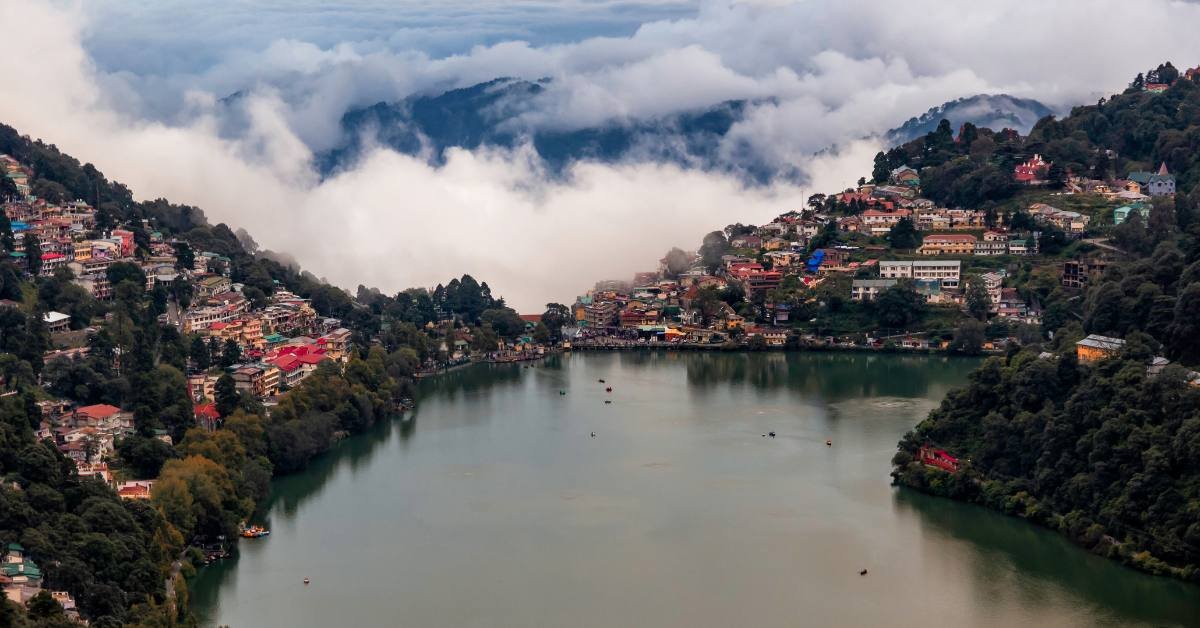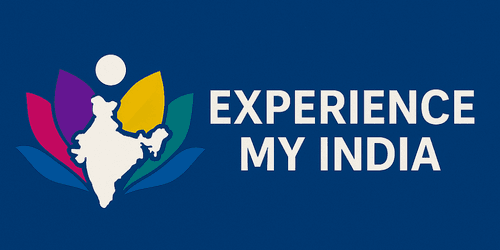Nestled in the majestic Himalayas of Himachal Pradesh, the twin valleys of Kullu and Manali in India form one of India's most spectacular travel destinations. This region offers a perfect blend of breathtaking landscapes, thrilling adventures, rich cultural heritage, and spiritual sanctuaries. Whether you're an adrenaline junkie, nature lover, culture enthusiast, or simply seeking tranquility, Kullu Manali promises an unforgettable experience.
1. Rohtang Pass (13,050 ft) - Gateway to Adventure
Why Visit?
This high mountain pass serves as the gateway between Kullu Valley and Lahaul-Spiti, offering some of the most dramatic Himalayan vistas.
Key Highlights:
- Spectacular Views: Panoramic views of glaciers, snow-capped peaks, and deep valleys
- Seasonal Activities:
- Winter (Dec-Mar): Skiing, snowboarding, snowmobiling
- Summer (May-Nov): Paragliding, ATV rides, mountain biking
- Geographical Significance: Marks the watershed between the Chenab and Beas river basins
- Travel Tip: Requires permit (available online or through local tour operators)
Best Time to Visit: May to November (closed in winter due to heavy snowfall)
2. Solang Valley - Adventure Capital of the Himalayas
Why Visit?
Dubbed the "Adventure Playground," Solang offers year-round thrills against a stunning mountain backdrop.
Must-Try Experiences:
- Summer Adventures:
- Paragliding (600m-2400m altitude range)
- Zorbing (in giant transparent balls)
- Rock climbing and rappelling
- Winter Sports:
- Skiing (beginner to intermediate slopes)
- Snowboarding
- Snow tubing
- Unique Feature: Home to South Asia's highest zipline (over 1.5km long)
Best Time to Visit: December-February for snow sports, March-June for summer activities
3. Hadimba Temple - Ancient Spiritual Sanctuary
Historical Significance:
Built in 1553, this unique temple blends indigenous Himalayan and Buddhist architectural styles.
Notable Features:
- Architectural Marvel:
- Three-tiered pagoda roof
- Intricate wooden carvings depicting deities and mythological scenes
- Built without nails using traditional Kath-Kuni style
- Religious Importance:
- Dedicated to Hidimba Devi (Mahabharata figure)
- Annual Hadimba Fair (May) featuring traditional dances
- Natural Setting: Surrounded by 400-year-old cedar forest
Visitor Tips:
- Photography allowed outside but restricted inside sanctum
- Remove shoes before entering
4. Manikaran Sahib - Sacred Hot Springs
Why It's Special:
This unique pilgrimage site combines spiritual significance with geothermal wonders.
Key Attractions:
- Geothermal Features:
- Multiple hot springs (90°C at source)
- Natural steam rooms
- Community cooking using geothermal heat
- Religious Sites:
- Gurudwara Manikaran Sahib (Sikh)
- Lord Rama and Krishna temples (Hindu)
- Local Culture:
- Observe traditional pahadi lifestyle
- Try authentic langar (community meal)
Therapeutic Benefits:
The sulfur-rich waters are believed to help with:
- Skin conditions
- Joint pain
- Respiratory issues
5. Great Himalayan National Park (UNESCO Site)
Ecological Importance:
This biodiversity hotspot protects over 375 fauna species across 754 sq km.
Wildlife Spotting Guide:
| Animal | Best Viewing Season | Likely Habitat |
|---|---|---|
| Snow Leopard | Winter | High altitude cliffs |
| Himalayan Tahr | Spring | Rocky slopes |
| Western Tragopan | All year | Dense forests |
| Musk Deer | Early morning | Alpine meadows |
Trekking Options:
- Short Nature Trails (2-4 hours)
- Rolla Thach Trek (3 days)
- Shilt Hut Trek (5 days)
- Pin Parvati Pass (10 days, experts only)
Conservation Efforts:
- Community-based ecotourism initiatives
- Strict carrying capacity regulations
- Wildlife monitoring programs
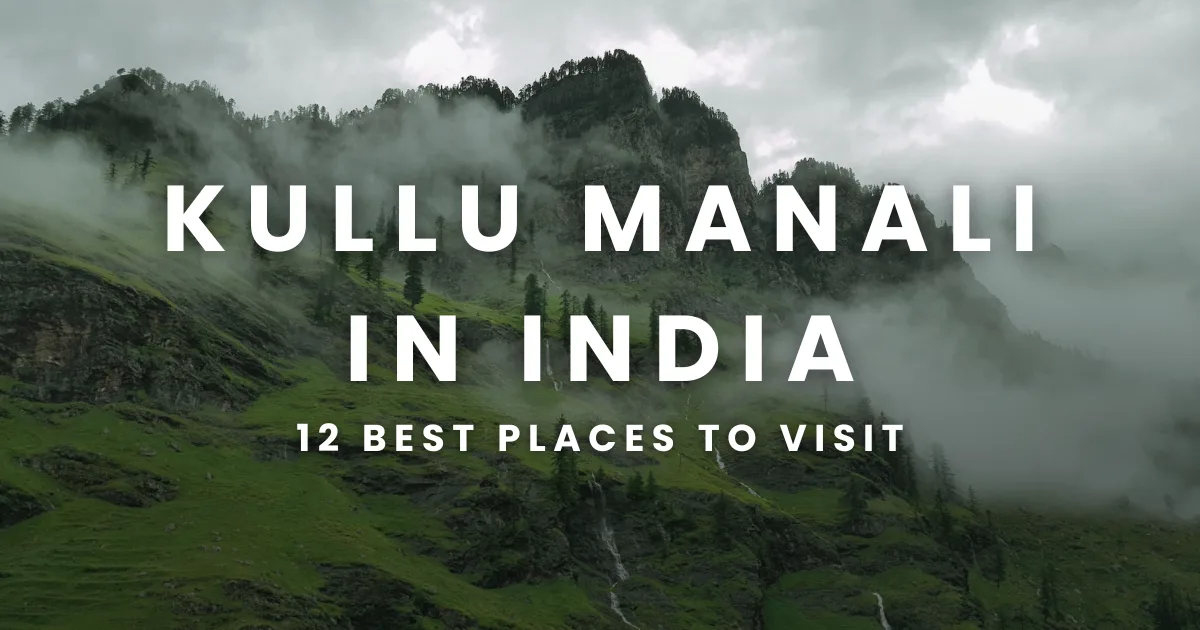
6. Jogini Waterfall - Hidden Natural Gem
Trek Details:
- Distance: 3km from Vashisht village
- Duration: 1.5-2 hours (moderate difficulty)
- Trail Features:
- Apple orchards
- Pine forests
- Traditional Himachali houses
- Small temples along the path
Waterfall Facts:
- Total height: ~150 feet
- Forms natural pools perfect for swimming
- Local legend associates it with yoginis (female ascetics)
Best Photography Spots:
- Mid-point view of the valley
- Base of the falls
- Small bridge crossing the stream
7. Naggar Castle - Living Heritage
Historical Timeline:
- 1460: Built by Raja Sidh Singh
- 1846: Became British administrative center
- 1978: Converted to heritage hotel
Architectural Highlights:
- Traditional Kath-Kuni construction
- Stone and wood combination for earthquake resistance
- Intricately carved wooden ceilings
- Original fireplaces in every room
Nicholas Roerich Gallery:
- Houses 40+ original paintings
- Displays personal artifacts of the Russian artist
- Peace bell monument in the garden
8. Beas Kund Trek - Following the Sacred River
Trek Specifications:
- Distance: 12km round trip
- Altitude Gain: 2,050m to 3,700m
- Duration: 6-8 hours
- Difficulty: Moderate
Geographical Significance:
- Source of the Beas River
- Glacial lake formed by melting ice
- Surrounded by Friendship Peak, Shitidhar, and Ladakhi peaks
Packing List Essentials:
- Sturdy hiking shoes
- Layered clothing
- Water purification tablets
- High-energy snacks
- First aid kit
9. Vashisht Hot Springs - Ancient Healing Waters
Scientific Analysis:
- Temperature: 40-50°C
- pH: 6.8 (slightly acidic)
- Mineral Content:
- Sulfur (primary)
- Calcium
- Magnesium
- Lithium
Bathing Protocol:
- Rinse before entering
- Limit soak time to 15-20 minutes
- Shower after to remove sulfur smell
- Stay hydrated
Nearby Attractions:
- Vashisht Temple (3rd century)
- Stone-carved water channels
- Traditional bakery serving hot bread
10. Bhrigu Lake - High Altitude Wonder
Trek Overview:
- Base Camp: Gulaba village
- Altitude: 4,300m
- Round Trip: 26km
- Best Season: June-September
Ecological Features:
- Alpine meadows (bugyals)
- Rare Himalayan flora
- Glacial moraines
- Changing lake colors (emerald to turquoise)
Altitude Sickness Prevention:
- Acclimatize in Manali first
- Ascend gradually
- Stay hydrated
- Recognize symptoms (headache, nausea)
11. Old Manali - Bohemian Paradise
Cultural Hotspots:
- Café Culture:
- German Bakery (since 1980s)
- Drifters' Café (live music)
- Sunshine Café (organic food)
- Shopping:
- Tibetan handicrafts
- Handmade jewelry
- Woolen garments
- Nightlife:
- Bob Dylan-inspired bars
- Bonfire gatherings
Homestay Experience:
- Traditional wooden houses
- Organic farm-to-table meals
- Cultural exchanges with locals
12. Bijli Mahadev Temple - Divine Lightning
Unique Rituals:
- Annual ceremony to repair Shiva lingam
- Butter application on cracked lingam
- Special pujas during thunderstorms
Trek Details:
- Starting Point: Chansari village
- Distance: 3km (steep)
- Altitude: 2,460m
- Duration: 2-3 hours
Engineering Marvel:
- Survived centuries of storms
- 60ft staff attracts lightning
- Ancient lightning protection system
FAQs About Visiting Kullu and Manali
1. When is the best time to visit?
March to June for pleasant weather; September to November for autumn charm.
2. How do I reach?
Nearest airport: Bhuntar (50 km). Closest railway station: Joginder Nagar (165 km).
3. Is Rohtang Pass accessible year-round?
No, it’s open from May to November.
4. What local dishes should I try?
Sidu, Trout Fish, Dham, and Babru.
5. Are there good trekking options?
Yes, popular treks include Beas Kund, Hampta Pass, and Bhrigu Lake.
6. Is it safe for solo travelers?
Yes, but follow standard travel precautions.
7. What should I pack?
Warm clothes, comfortable shoes, sunscreen, and a first-aid kit.
8. Can I visit in December?
Yes, but expect heavy snowfall and cold temperatures.
9. Any offbeat places nearby?
Explore Malana, Kasol, and Tirthan Valley.
10. How many days are sufficient?
5-7 days to cover major attractions comfortably.
Final Thoughts
Kullu and Manali offer a perfect mix of adventure, spirituality, and natural beauty. Whether you're trekking to alpine lakes, soaking in hot springs, or exploring ancient temples, this region promises unforgettable memories.
Contact Experience My India Today:
📞Call Us: +91 7037550028
📲WhatsApp Us: +91 7037550028
🌐Visit Our Website: Experience My India
Plan your journey and immerse yourself in the magic of the Himalayas!

